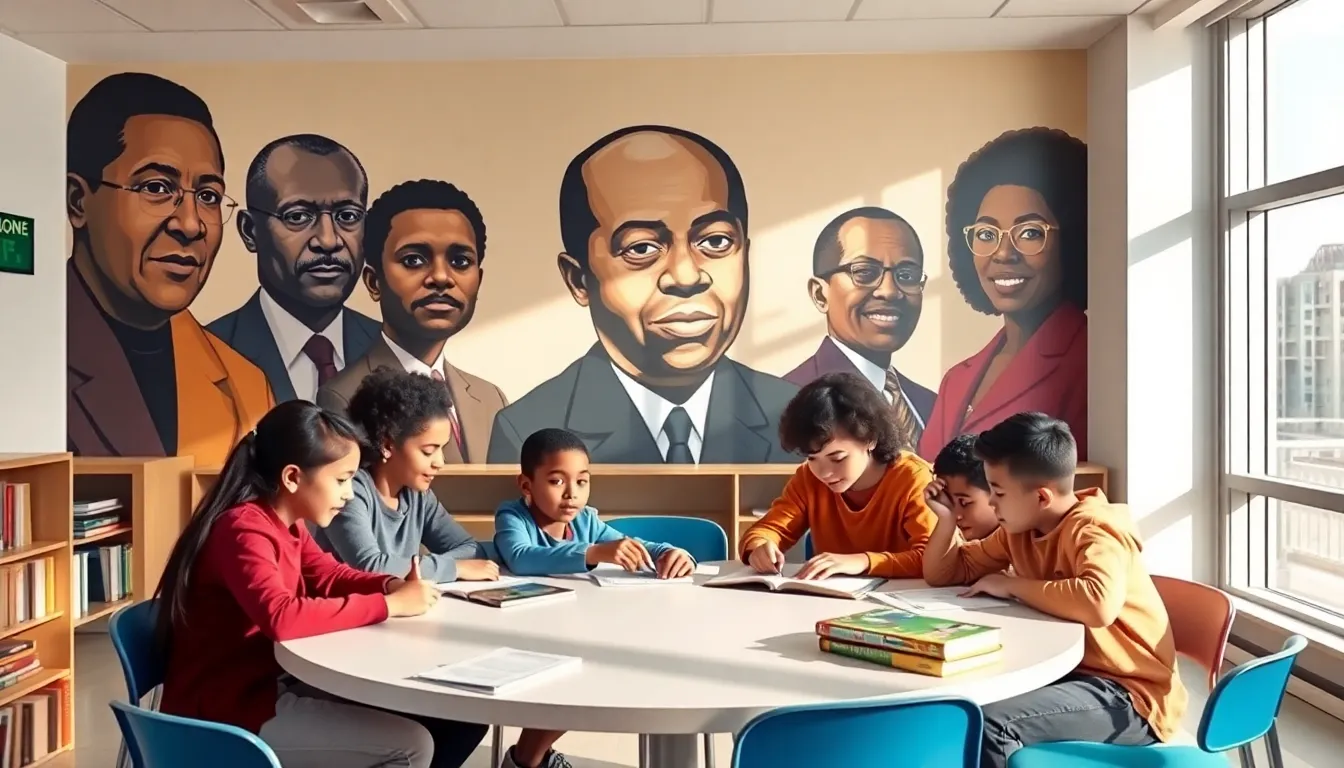Imagine a world where the color of your skin dictates the quality of education you receive. Thankfully, thanks to the monumental decision in Brown v. Board of Education, that nightmare is mostly in the rearview mirror. This landmark case didn’t just change the course of U.S. education: it laid the groundwork for the fight against systemic racism in various sectors. So, how exactly does the legacy of this pivotal Supreme Court ruling shape our lives today? Let’s immerse and unpack the ripples this decision has created for generations to come.
Table of Contents
ToggleHistorical Context of Brown v. Board of Education

To understand the impact of Brown v. Board of Education, one must first grasp the historical milieu in which this case was situated. The early 20th century was marked by rampant segregation, particularly in the South, shaped by the infamous Plessy v. Ferguson decision of 1896, which established the doctrine of “separate but equal.” This doctrine allowed racial segregation to proliferate in schools, simply labeling them as ‘equal’ without any meaningful equity in resources or opportunities.
By the 1950s, but, the tides of public opinion were shifting. Advocates for civil rights, including notable figures like Thurgood Marshall, who would later become the first African American Supreme Court Justice, piled on cases challenging the notion of separate educational facilities. The groundwork was laid for a collective legal challenge aimed at dismantling the segregationist framework entrenched in American society.
The Supreme Court’s Decision and Its Immediate Impact
On May 17, 1954, the Supreme Court delivered a unanimous decision that would change American education forever. In a powerful ruling, Chief Justice Earl Warren stated that “separate educational facilities are inherently unequal.” This conclusion didn’t just invalidate the ‘separate but equal’ doctrine: it shattered the legal justifications for segregation in public schools.
The immediate aftermath saw a surge of hope among minority communities, as integration began to take hold in schools across the nation. But, the ruling also sparked backlash in many places. Some states resisted desegregation vehemently, demonstrating that the path to equality was anything but smooth. Nonetheless, the decision planted a seed for further civil rights advancements, not only in education but across multiple aspects of society.
Long-Term Effects on Education and School Segregation
Fast-forwarding to today, the long-term effects of Brown v. Board are visible, albeit in complex ways. While public schools are officially integrated, issues of economic inequality and housing segregation still propagate disparate educational experiences. Neighborhoods often dictate school funding, so well-off areas maintain superior facilities while low-income areas lag behind.
Even though this, the decision opened the floodgates for numerous policies and programs aimed at promoting equity. Title IX, the Individuals with Disabilities Education Act (IDEA), and various affirmative action policies can trace their lineage back to the principles established by this case. This pioneer ruling has so encouraged advocates to continue the fight for equal educational opportunities, pushing for reforms and efforts to address systemic barriers.
Implications for Civil Rights and Social Justice
Beyond education, Brown v. Board of Education holds significant implications for broader civil rights and social justice movements. The ruling served as a catalyst for the civil rights era of the 1960s, influencing landmark legislation such as the Civil Rights Act of 1964 and the Voting Rights Act of 1965.
This case illustrates how legal precedents can fuel social change. It empowered activists and organizations, providing them with a concrete example of how the judicial system could be leveraged to dismantle segregation. The principles laid out in Brown continue to inspire present-day movements seeking justice, equality, and, crucially, an end to discrimination in various forms, reminding everyone that the fight is far from over.
Current Challenges and Ongoing Issues in Education Equity
Even years after Brown, many challenges remain evident in American education. Achieving equity isn’t merely about desegregating schools: it encompasses providing equal resources, support, and opportunities to all students. Issues like the school-to-prison pipeline, where students from marginalized communities face harsher disciplinary actions, exemplify the systemic inequities that persist.
Also, conversations surrounding standardized testing and curriculum representation indicate that the educational landscape still harbors biases that favor certain demographics over others. With these challenges remaining at the forefront, it is clear that the initial intent of the Brown decision, to create equitable educational environments for all, requires ongoing vigilance and action.
The Role of Brown v. Board in Modern Legal Frameworks
Today, Brown v. Board remains a cornerstone of American legal frameworks concerning education. Courts frequently reference this landmark case in rulings involving educational equity and civil rights violations. Its principles continue to shape policies aimed at preventing discrimination based on race in educational settings.
Also, Brown sets an essential precedent for examining issues beyond race, such as gender and disability discrimination in schools. Its enduring influence suggests that while the battle for civil rights has evolved, the principles of equity and justice remain at its core.
Future Considerations and Continuing Advocacy
As society marches forward, the lessons of Brown v. Board remain vital for ongoing advocacy efforts. The quest for justice isn’t a sprint: it’s a marathon. Education equity advocates must leverage the principles established in this case to address contemporary issues like gentrification, funding disparities, and the challenges schools face in the wake of the COVID-19 pandemic.
Raising awareness about these ongoing issues is pivotal for advancing social justice. Grassroots organizations, educators, and community leaders play critical roles in this movement, reminding everyone that progress requires relentless effort. The future is bright, but it demands a collective commitment to fostering an equitable landscape for generations to come.





